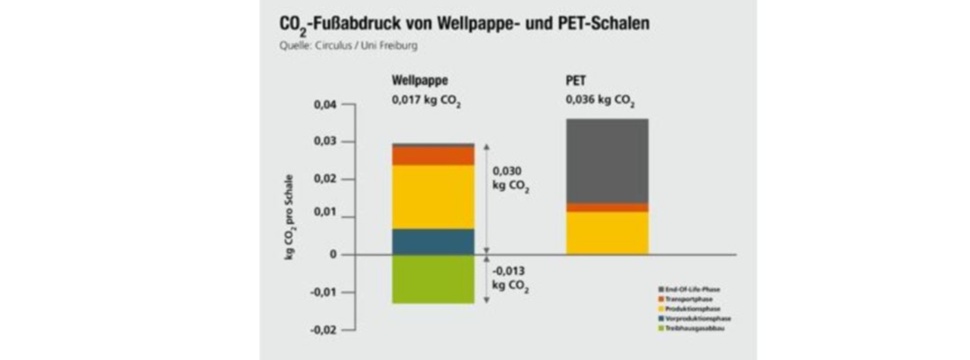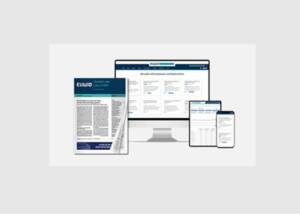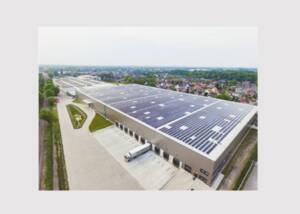Climate protection: fruit packaging made of corrugated board is better than PET trays
News General news
Over its entire life cycle, a corrugated cardboard tray produces fewer harmful climate gases than a similar tray made of PET. This has been proven by a recent study conducted by the University of Freiburg.

The results of the carbon footprint analysis show that the life cycle of a corrugated cardboard tray generates 0.017 kg of CO2 equivalents, while the PET variant generates 0.036 kg of CO2 equivalents. The climate impact of a PET tray is therefore more than twice that of a corrugated tray, measured in each case from the manufacture of the packaging to its "end of life".
The scientists explain the lower greenhouse gas emissions primarily by the high recycling rate of corrugated board compared to plastic and the ability of the most important starting material for corrugated board, wood, to store CO2. Substitution would have measurable positive climate effects. "If PET fruit baskets were replaced with corrugated board throughout Germany, the annual CO2 emissions for the production of fruit baskets could be reduced by 34 percent," the scientists' paper states.
"The findings of the University of Freiburg are particularly revealing when considered in the context of a study published in October 2019 by the Gesellschaft für Verpackungsmarktforschung (GVM)," said Dr. Oliver Wolfrum, managing director of the Verband der Wellpappen-Industrie. GVM had determined that, based on current technology, one in five tons of packaging plastic in Germany, Austria and Switzerland could be replaced by corrugated board; in the fruit and vegetable sector, the figure is as high as 64 percent. "The study by the University of Freiburg now gives us a concrete example of the ecological potential of substituting corrugated board for plastic," says Wolfrum.
The life cycle assessment comparison of the fruit baskets was carried out by the research group "Circulus - Transformation Paths and Obstacles to a Sustainable Circular Economy in the Bioeconomy" at the University of Freiburg. The researchers also derive recommendations for policymakers from the facts established: for example, corrugated cardboard should preferably be considered as a packaging material if it is not possible to sell loose fruit and vegetables. In general, recycled materials should be used as far as possible for the production of all types of packaging, in line with the incentives laid down in the Packaging Act.
Says Wolfrum: "In terms of recycling, corrugated board is clearly ahead. While packaging made from recycled plastics is rare, corrugated board packaging used in Germany consists on average of around 80 percent raw materials, some of which have already been recycled several times."










